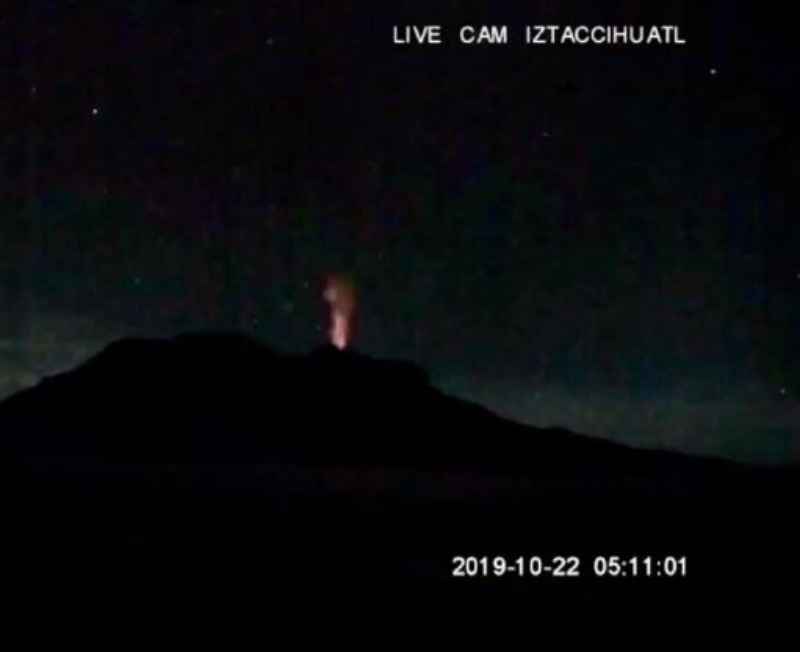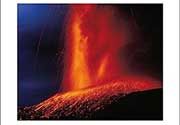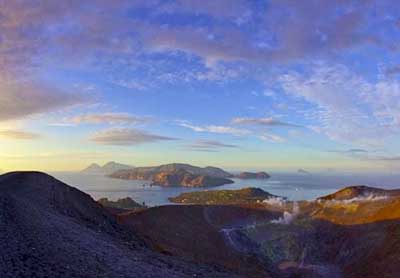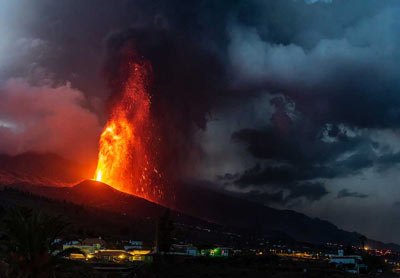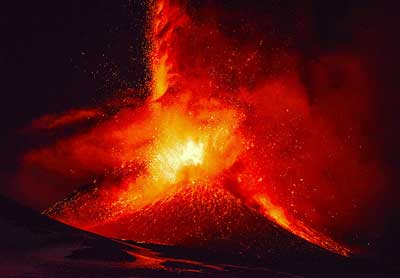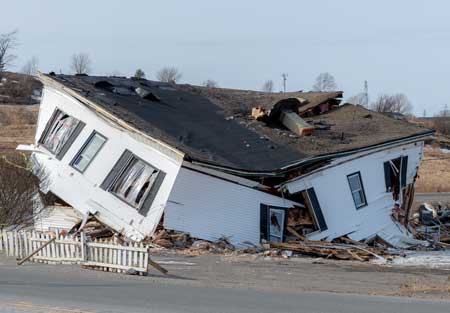Iztaccíhuatl Volcano
Updated: Apr 28, 2024 09:29 GMT -
stratovolcano 5230 m / 17,159 ft
Central Mexico, 19.18°N / -98.64°W
Current status: normal or dormant (1 out of 5)
Central Mexico, 19.18°N / -98.64°W
Current status: normal or dormant (1 out of 5)
Last update: 25 Oct 2019 (possible small gas eruption on 22 Oct)
Iztaccihuatl volcano as seen from the Sacromonte mountain in Amecameca, Mexico State (image: Wikimedia Commons, AlejandroLinaresGarcia)
Iztaccíhuatl volcano (also spelled Ixtaccíhuatl) is a massive andesitic stratovolcano next to the famous neighbor Popocatépetl volcano. It is the 3rd highest mountain of Mexico.
Iztaccíhuatl has the profile of a sleeping woman when seen from the Valley of Mexico, which gave it its name meaning "Woman in White", referring also to the Ayoloco glacier covering its summit. Geologically, it is the predecessor volcano of Popocatépetl and now in its final stages of infrequent activity, with some activity sometime less than 11,000 years ago.
[smaller] [larger]
Iztaccíhuatl volcano eruptions: unknown, less than 11,000 years ago
Latest nearby earthquakes
| Time | Mag. / Depth | Distance / Location | |||
Background
A series of overlapping cones constructed along a NNW-SSE line to the south of the Pleistocene Llano Grande caldera forms the summit ridge of the massive 450 cu km volcano. Andesitic and dacitic Pleistocene and Recent volcanism has taken place from vents at or near the summit of Volcán Iztaccíhuatl. Valley headwalls near the summit vent (El Pecho) are draped with flows and tuff beds post-dating an 11,000 years before present glaciation. The youngest vents are located at the summit and a depression at 5100 m along the summit ridge midway between El Pecho and Los Pies (White 1986). Nixon (1989) considered all summit lavas to be Pleistocene in age, but noted a postglacial dacitic vent on the south flank of Iztaccíhuatl, north of the saddle between it and Popocatépetl.(Source: GVP / Smithsonian volcano information)
Iztaccíhuatl Volcano Photos
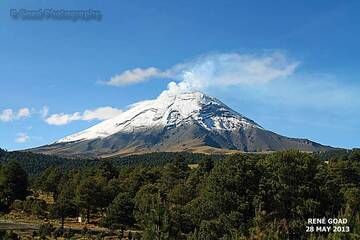
Popocatepetl is one of Mexico's most active volcanoes and also part of an Aztec legend, a warrior who fell in love with a young woman (Iztaccihuatl) who died while he was...
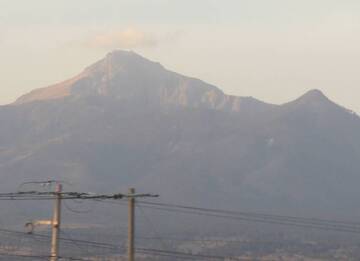
Volcano Iztaccihuatl (5230m), Mexico (Photo: WNomad)







